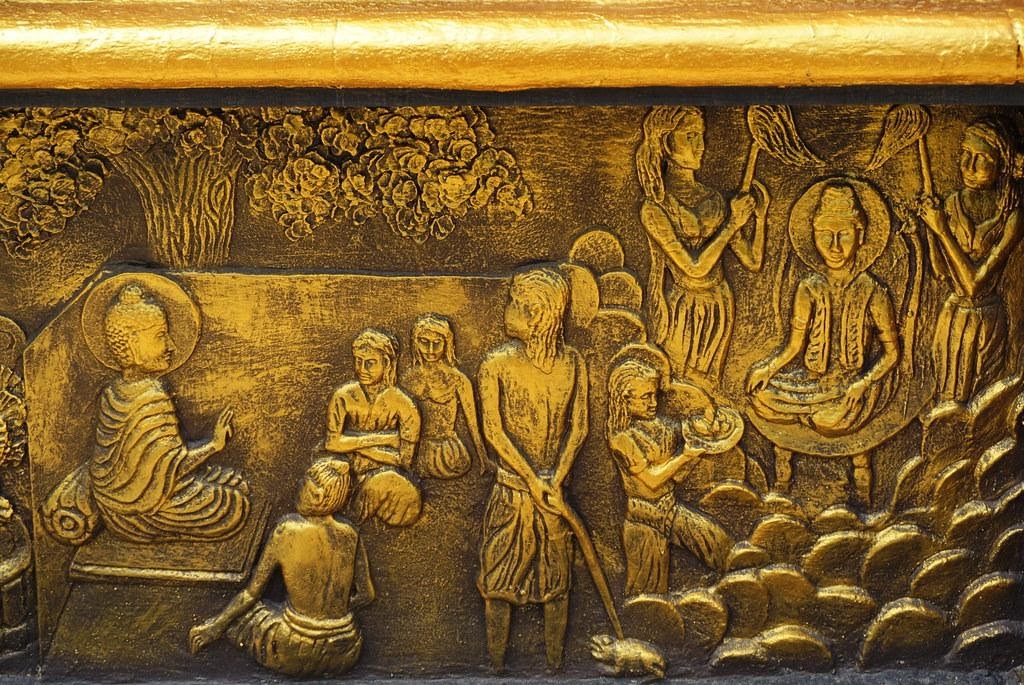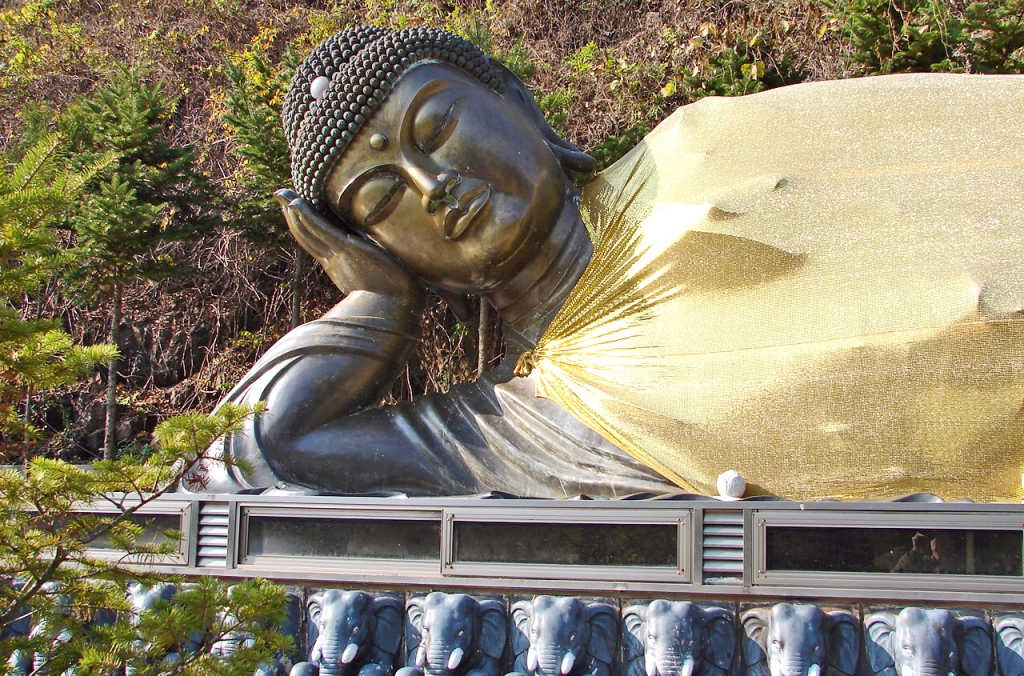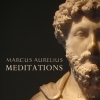
When we talk about the Buddha, we talk about prince Siddhartha, who left a life of luxury and comfort to seek a way to end human suffering. After a long and arduous journey, Siddhartha accomplished his goal, and became known as Buddha (the awakened one). He decided then that it was time to teach people how to put an end to suffering.
The Buddha never left a written text. Rather he would travel from city to city with his disciples, teaching through conversation and inquiry. This became the way, and it was only until many years after his death, that his writings were finally written down by his disciples
Buddha found the causes of suffering in life
Buddha knew where he needed to go, his destination was to put an end to human suffering. He defined suffering and concluded we have four major sufferings in our lives: birth, old age, illness and death. Learning about what causes our suffering, leads us to think about whether we can control any of its sources.
Siddartha was surprised by the fact that naming his sufferings was not enough. He dug deeper, Buddha wanted to know why birth, illness, aging and death bring suffering.
Three major answers came to Buddha. We suffer because we cannot keep what we have, what we want. This creates attachment, and attachment creates suffering. We suffer because we get what we don’t want, because we face and deal with what we don’t like. Resistance to what is, becomes another way we suffer.
Most importantly, we suffer because we are kept in a delusional state of ignorance, we are not aware of the truth.
Ignorance can be understood as the most important origin of suffering. This is because there are people who get in touch with the truth, who see it, even experience it, yet reject it. The truth is not always comfortable.
Let me make a note here, whenever I talk about Buddhism and becoming awake it brings me back to the movie The Matrix. I believe I’m not alone.
There’s a character in the movie The Matrix who says he regrets taking the red pill, the pill that reveals the truth. He admitted that he would rather have a hedonic life of ignorance, than the responsibility to bear the truth. There are countless individuals who reject the pill and pretend that they did not take it, dragging their ignorance as long as possible.
Not only is the truth hard, but admitting to your shortcomings is even harder. Admitting a shortcoming can be compared to getting punched in the face. It’s easy to admit another’s fault because this frees you from responsibility, but think about the times when you were confronted by a shortcoming. And how you responded, and how sometimes it took you weeks, or even months to realise that you were wrong.
The Buddha taught the path that frees you from suffering
Buddha designed a path divided into three parts, that would make the final eightfold path.
The path sums up eight stages that would lead to freeing the person from suffering. It is also known as the eightfold path. It develops the person´s virtue, and talks about the exercises that improve this. The person’s mind and faculties of thinking, that are developed by meditation. And finally, the person’s wisdom that deals with the world in a way that encourages temperance.
Wisdom, the third part, would be the development of the inner self. It is the part that lifts the person up to nirvana. It’s where we do the right thing because we can no longer live in any other way
In the second part of the mind, you work on developing focus, impulsivity, and dealing with your unconscious programming. This will facilitate your ability to do the right thing because you now have the will power to control the self .
It’s subtle but ends up creating a massive difference in the long run. This allows you to act virtuously. When you do the right thing because it is right, your brain, your heart, yourself are all aligned with the good. The wrong is not an option anymore.
At this point suffering stops. The next teaching is opening your eyes and seeing the real reality. It is to be awakened and finally enlightened. It is the cessation of suffering that comes with nirvana.

The way of inquiry
Buddha’s speeches are called Suttas, a special one is the Kalama Sutta, where he teaches the way of inquiry. He is questioned about what to believe, and who to believe.
He then explained to the people that they should not absorb any teaching without questioning it. Without experiencing it from themselves. Buddha was clearly against dogmas, as well as absolute and unquestionable truths. Which was a very common aspect in religions especially when related to metaphysical faith
Buddha taught how important it would be for a person’s own development to believe something from their own experience and observation. He says that not even what he was teaching was to be accepted as an absolute truth, rather he encouraged questioning.
The unanswerable questions are the ones Buddha considered irrelevant to enlightenment. He also judged some subjects out of our reach, and therefore worthless. His focus was on what we can do, feel, control, and develop.
His teachings formed Buddhism
The teachings of the Buddha were written down by his disciples long after he died. At the first councils they were all in agreement and divided the teachings into three baskets, the Triptaka. Each basket was about one line of teaching: these were about how to behave, buddha’s teachings (the suttas) and more philosophical ones.
When studying Buddhism, we come across some concepts like Dharma, Karma, Sangha, Samsara, Rebirth and a few others. They were not explained here because they were not taught by the Buddha. They were already part of the majority of religions and philosophies in Asia, especially in India at the time. There might be some variation in understanding, but the core of those concepts is always the same.
Buddha’s legacy is very rich and unfortunately a lot was lost with time, but what has left is of great use and can be studied over and over again.










